"html
Kell VÕTMED GALAXY, we pride ourselves on providing our customers with original software license keys delivered digitally in a very short time.
Troubleshooting Windows Upgrade and Installation Errors: A Comprehensive Guide
Upgrading to a new version of Windows, such as Windows 11 or even installing Windows 10, can sometimes be a bumpy ride. You might encounter error messages that seem confusing and frustrating. However, many of these common issues can be resolved with a few simple steps. This guide aims to help you navigate these challenges and get your system running smoothly. Before diving into error-specific solutions, it’s crucial to go through some general fixes.
General Fixes for Windows Upgrade and Installation Issues
Before you start searching for specific error codes, here are some fundamental steps you can try:
1. Remove External Hardware
Unplug any non-essential hardware devices. This includes headphones, printers, scanners, speakers, USB flash drives, and external hard drives. If you are using a laptop connected to a docking station, disconnect it as well.
2. Update Windows
Ensure that all important updates are installed before attempting to upgrade. This includes updates for hardware drivers. Visit Windows Update: FAQ for more information.
3. Uninstall Non-Microsoft Antivirus Software
During the upgrade, it’s best to use Windows Defender for protection. Third-party antivirus software can sometimes cause upgrade problems. You can always reinstall your antivirus software after the upgrade. To uninstall, go to Control Panel\Programs\Programs and Features, select the program, and click Uninstall.
4. Uninstall Non-Essential Software
Outdated software can also cause conflicts. Removing old or non-essential applications can help. Make sure you have the installation media and activation information before uninstalling. Use the same method as above to uninstall the software via Control Panel\Programs\Programs and Features.
5. Free Up Disk Space
To upgrade to Windows 11, you need enough space on your hard drive. You can check the available space via File Explorer (Windows Key + E). Navigate to ‘This PC’ and look for the system drive (usually the C drive). if the drive is low on space, check Tips to free up drive space on your PC for tips on how to free up more space.
Common Windows Upgrade Errors and Their Solutions
If the general fixes didn’t work, you might be dealing with a more specific error. Below, we detail some of the most common errors you may encounter:
0xC1900101 Errors
Errors starting with 0xC1900101 are usually related to driver issues. Here are some specific codes and the steps you should take:
- 0xC1900101 – 0x2000c
- 0xC1900101 – 0x20017
- 0xC1900101 – 0x30018
- 0xC1900101 – 0x3000D
- 0xC1900101 – 0x4000D
- 0xC1900101 – 0x40017
Steps to resolve 0xC1900101 errors:
- Make sure your device has enough space. You need at least 16 GB for 32-bit OS or 20 GB for 64-bit OS. See Free up drive space in Windows.
- Run Windows Update multiple times. Install any available software, hardware, and third-party drivers updates.
- Check and update third-party drivers from manufacturer’s website.
- Unplug any extra external storage and drives.
- Use Device Manager to check for errors (yellow exclamation marks) and update or uninstall drivers.
- Remove any third-party security software.
- Repair hard-drive errors via command prompt (
chkdsk/f C:). - Perform a clean restart into Windows.
- Restore and repair system files via command prompt (
DISM.exe /Võrgus /Cleanup-image /Restorehealth).
Other Common Errors and Their Solutions
Here are some other common errors and how to handle them:
- 0xc1900223: A problem occurred during download and install. Windows Update will retry.
- 0xC1900208 – 0x4000C: Incompatible app blocking the upgrade. Uninstall the app and try again.
- 0xC1900107: Pending cleanup. Restart the device. If the issue persists, use disk cleanup.
- 0x80073712: A Windows Update file is missing or damaged. Use the command prompt to repair system files via
DISM.exe /Võrgus /Cleanup-image /Restorehealth. - 0xC1900200 – 0x20008, 0xC1900202 – 0x20008: PC does not meet the minimum requirements for Windows 11. Verify the minimum requirements siin.
- 0x800F0923: Incompatible driver or software. Contact Microsoft support.
- 0x80200056: Upgrade interrupted. Ensure your PC is plugged in and stays powered on.
- 0x800F0922: PC couldn’t connect to Windows Update servers. Disconnect VPN, or try increasing the size of the System Reserved partition.
- Generic errors such as “We couldn’t complete the updates. Undoing changes” or “Failure configuring Windows Updates. Reverting changes”: Check your update history for specific error codes and contact Microsoft support.
- Error: The update isn’t applicable to your computer: Ensure all important updates are installed before attempting to upgrade.
- 0x80070070 – 0x50011, 0x80070070 – 0x50012, 0x80070070 – 0x60000: Insufficient disk space for the upgrade. Free up space using these tips.
- 0x80300024: Disk operation is not supported. Ensure your PC meets minimum requirements.
- 0x80070002 0x20009: File specified not found. Remove non-target disks.
- 0xC1900101 0x20017, 0xC1900101 0x30017: Driver issue. Disable antivirus and disconnect peripherals. Update drivers from vendor websites.
- 0x8007042B 0x4000D: Background process issue. Perform a clean boot.
- 0x800700B7 0x2000a: Background process issue. Uninstall antivirus software and update again.
If these steps do not resolve your issue, contact Microsoft support for further assistance.
Remember, if you need genuine software license keys delivered digitally in a very short time, visit Võtmed Galaxy.
Korduma kippuvad küsimused (KKK)
What are the most common causes of Windows upgrade errors?
The most common causes include insufficient disk space, incompatible software or drivers, outdated system files, and conflicts with antivirus programs.
How do I check if my PC meets the minimum requirements for Windows 11?
You can check the minimum requirements on the official Microsoft website. Verify your hardware and software specifications match these.
Why do I need to remove non-Microsoft antivirus software before a Windows upgrade?
Third-party antivirus software can sometimes interfere with the upgrade process, leading to errors. It is recommended to temporarily disable or uninstall these.
What should I do if I see the error code 0xC1900101?
This error typically indicates driver issues. Make sure your system has enough disk space, perform multiple Windows updates, update or reinstall the drivers, and unplug non-essential hardware.
How can I free up disk space on my computer?
Use tools like Disk Cleanup, uninstall unnecessary programs, move large files to external storage, and use cloud storage solutions such as OneDrive
How can I repair damaged system files?
Open the command prompt as an administrator and run the command DISM.exe /Võrgus /Cleanup-image /Restorehealth.
If these solutions do not resolve my problem, what should be my next step?
If you have tried the suggested solutions and are still facing an issue, contact Microsofti tugi directly.
Key Words
Windows upgrade errors, Windows installation errors, 0xC1900101 error, Windows Update, driver errors, disk space, antivirus software, clean boot, system repair, Microsoft support, software license keys
“`

